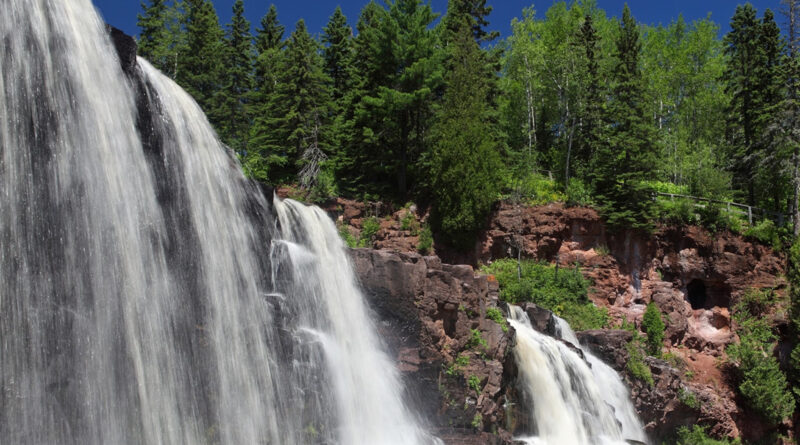History Of Minnesota
Nestled in the heart of the American Midwest, Minnesota is a state with a rich and captivating history that spans thousands of years. From its earliest inhabitants to its vibrant present, Minnesota has witnessed remarkable transformations that have shaped its identity. Let’s delve into the fascinating history of the Land of 10,000 Lakes.
Early Inhabitants and Explorations
Long before European settlers arrived, the region was inhabited by various Native American tribes, including the Dakota, Ojibwe, and Anishinaabe. These indigenous communities thrived by harnessing the abundant natural resources, engaging in trade, and developing rich cultural traditions.
In the 17th century, French explorers led by Samuel de Champlain ventured into the area, followed by fur traders seeking to establish trade networks. The region became a significant hub of the fur trade, attracting traders from different European countries.
Statehood and Expansion of Minnesota
In 1803, with the Louisiana Purchase, the United States acquired the territory that included present-day Minnesota. The early 19th century saw an influx of settlers, predominantly of European descent, who sought opportunities in farming and commerce. The population grew steadily, leading to the establishment of counties and the eventual organization of the Minnesota Territory in 1849.
The Dakota Conflict of 1862 was a tragic chapter in Minnesota’s history. Tensions between Dakota Sioux tribes and settlers erupted into armed conflict, resulting in the loss of hundreds of lives. The conflict ended with the largest mass execution in U.S. history, as 38 Dakota men were hanged in Mankato.
Industrialization and Flour Milling
As the 19th century progressed, Minnesota experienced rapid industrialization. Its vast forests fueled a booming timber industry, while the discovery of iron ore in the Mesabi Range spurred mining activities. However, it was the flour milling industry that truly propelled Minnesota onto the national stage.
Entrepreneurs like Cadwallader C. Washburn transformed Minneapolis into the flour milling capital of the world. With the mighty power of the Mississippi River and the innovative use of technology, Minneapolis mills produced vast quantities of high-quality flour, leading to tremendous economic growth and wealth for the region.
Modern Minnesota
The early 20th century brought significant changes to Minnesota. The state became known for its progressive politics and social reforms, including a strong emphasis on workers’ rights, education, and women’s suffrage. It was also during this time that Minnesota witnessed an influx of immigrants, particularly from Scandinavia, Eastern Europe, and Africa, further enriching its cultural tapestry.
Minnesota is home to a vibrant arts scene, with renowned institutions such as the Minneapolis Institute of Art and the Guthrie Theater. It is also famous for its thriving music culture, spawning legendary artists like Prince and Bob Dylan.
Today, Minnesota remains a land of natural beauty, with its lakes, forests, and recreational opportunities attracting visitors from around the world. The Twin Cities, Minneapolis and St. Paul, offer a blend of urban sophistication, cultural diversity, and a high quality of life.
Discover more from City Towner
Subscribe to get the latest posts sent to your email.




